Textile Materials: Fabrics (1): Concept, Classification and Application of Fabrics
Many people have misunderstandings or do not understand “Textile Materials: Fabrics (1): Concept, Classification and Application of Fabrics“. Next, let the editor take everyone together and discuss it with all my friends. Share and explore knowledge about “Textile Materials – Fabrics (1): Concept, Classification and Application of Fabrics“…
1. Basic concepts of fabric
The so-called fabric is a soft product with certain mechanical properties and thickness made of fabric fibers and yarns, which is what people usually call cloth products.
Spun yarns are criss-crossed to form traditional woven or braided fabrics.
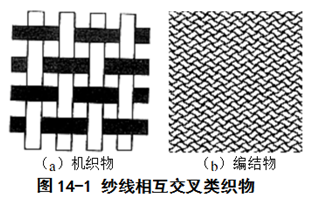
Spun yarns are intertwined with each other to form knitted fabrics, which are generally divided into two categories: warp knitted fabrics and weft knitted fabrics.
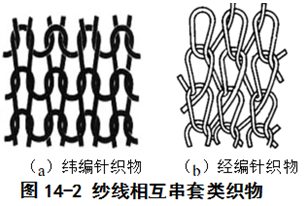
Tufting is a fabric with loop-shaped yarns or velvet-like fibers “planted” on the base fabric. The sheet-like fiber aggregate formed by direct consolidation between fibers is called nonwoven fabric.
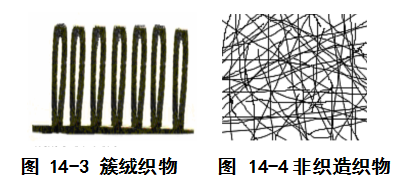
1. Definition of woven fabric
Woven fabrics are basically products made of a set of warp yarns and a set of weft yarns that are perpendicular to each other and crisscrossed in a certain pattern on a loom. Sometimes referred to simply as fabric.
2. Definition of knitted fabric
Generally, knitted fabrics are fabrics made up of one or more groups of spun yarns that are connected to each other in loops according to certain rules on a knitting machine. Coil is the basic structural unit of knitted fabrics and also the symbol that distinguishes this fabric from other fabrics.
3. Definition of nonwovens
Nonwoven fabrics refer to sheet-like or felt-like structures made of fibers, yarns or filaments that are bonded or combined by mechanical, chemical or physical methods, but do not include woven, knitted fabrics, Tufted and traditional felt and paper products.
4. The definition of braid
Braiding is generally a braid made of two or more groups of strips that are misaligned, stuck, strung together, twisted, and knotted together.
2. Basic classification of fabrics
1. According to raw material composition
(1) According to fiber raw materials
Pure fabric: It is a fabric composed of pure spun yarn of a single fiber raw material.
Blended chemical fiber fabric: a fabric woven from a single blended chemical fiber fabric yarn.
Interwoven fabric: refers to a woven fabric made of yarns of different fiber raw materials for warp and weft yarns: or a knitted fabric made of yarns of two or more different raw materials combined (or spaced).
(2) According to the type of spinning yarn
Yarn fabric: A woven or knitted fabric or knitted fabric made entirely of single yarn.
Thread fabric: A woven or knitted fabric or knitted fabric made entirely of strands.
Half-thread fabric: a woven fabric made of strands and single yarns in the warp and weft directions respectively, or a knitted fabric made of single yarns and strands combined or woven at intervals.
Fancy thread fabrics: woven or knitted fabrics or knitted fabrics made of various fancy threads.
Filament fabric: woven or knitted fabric or knitted fabric made of natural silk or chemical fiber filament.
2. According to fabric specifications
(1) According to the effective width of the fabric
Ribbon fabric: a narrow strip or tubular fabric product with a width of 0.3-30cm, or braided thread (belt).
Small fabric: effective width is about 40cm.
Narrow fabric: effective width is below 90cm.
Wide fabric: effective width is greater than 90cm.
Narrow fabric: The effective width is about 150cm.
(2) According to the thickness of the fabric
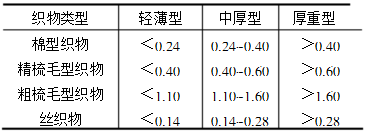
(3) According to mass per unit area
Based on the weight per square meter per square meter, it is divided into light and thin fabrics, medium-thick fabrics and thick-heavy fabrics.
3. According to the finishing process of fabrics after printing and dyeing
(1) According to the bleaching and dyeing finishing process of spinning yarn before weaving
Natural cotton: It is a variety of fabrics woven from undyed yarn, also known as natural cotton, or fabric for short.
Colored fabrics: All kinds of fabrics woven with dyed yarns.
(2) According to the coloring and finishing process of fabric
Bleached fabric: The fabric obtained by refining and bleaching the white cotton fabric.
Dyed fabric: refers to the fabric obtained by piece dyeing and finishing of natural color cotton.
Printed fabric: a fabric obtained by refining, bleaching, and printing finishing of white cotton fabric.
(3) According to fabric finishing technology
The functions of post-processing are unique and numerous, the main ones are:Distressing, sanding, silk finishing, imitation, wrinkles, functional finishing, etc.
3. Application of fabric
1. Clothing fabrics
Mainly divided into fabrics and accessories. The materials that make up work clothes are all accessories except fabrics.
2. Decorative fabrics
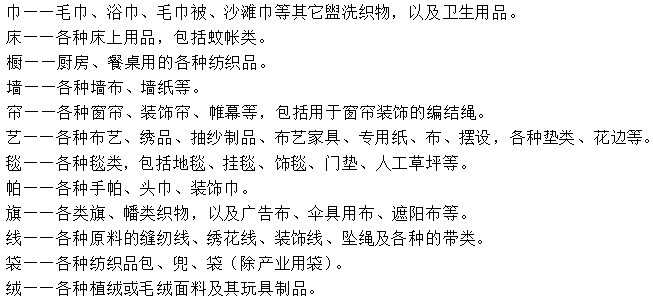
3.Industrial fabrics
(1) Classification according to its composition
a. As a component of other products
b. As a component to organize other products or use
c. Functional products used alone
(2) According to product end use
The classified products and output of industrial fabrics in my country in 2000 are as follows.
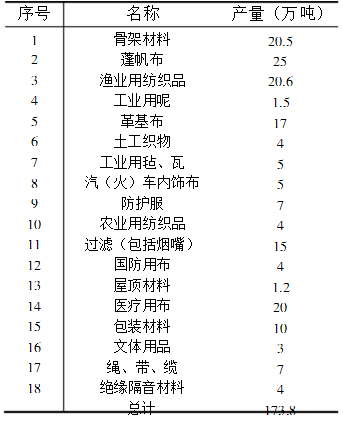
(3) Classification by technical fabric use
12 categories of industrial fabrics:
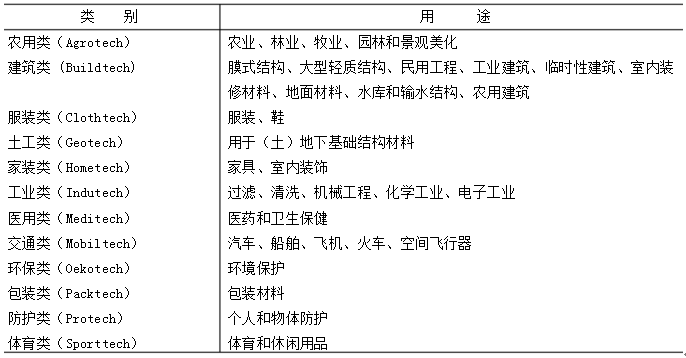
Fabric materials (1): Concept, classification and application of fabric
AAASVSGHRUTO
Through the above description of “Textile Materials: Fabrics (1): Concept, Classification and Application of Fabrics“, you will be familiar with “Textile Materials: Fabrics” (1): What is your understanding and idea of ”Concept, Classification and Application of Fabrics“, or if you are interested in purchasing fabrics, you are welcome to post your comments below the website!
Disclaimer:
Disclaimer: Some of the texts, pictures, audios, and videos of some articles published on this site are from the Internet and do not represent the views of this site. The copyrights belong to the original authors. If you find that the information reproduced on this website infringes upon your rights and interests, please contact us and we will change or delete it as soon as possible.
AA




